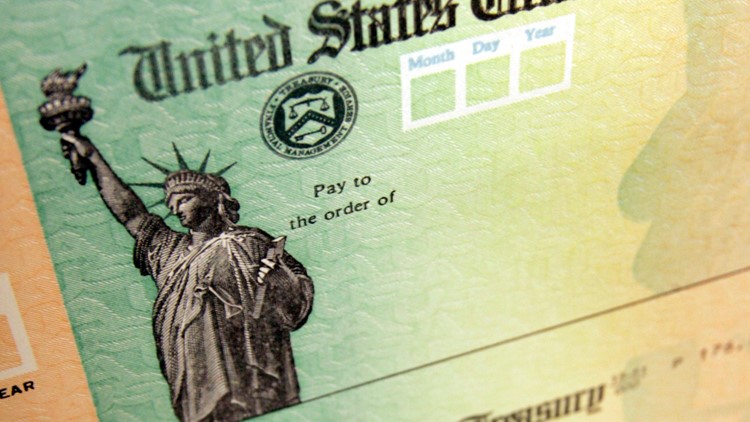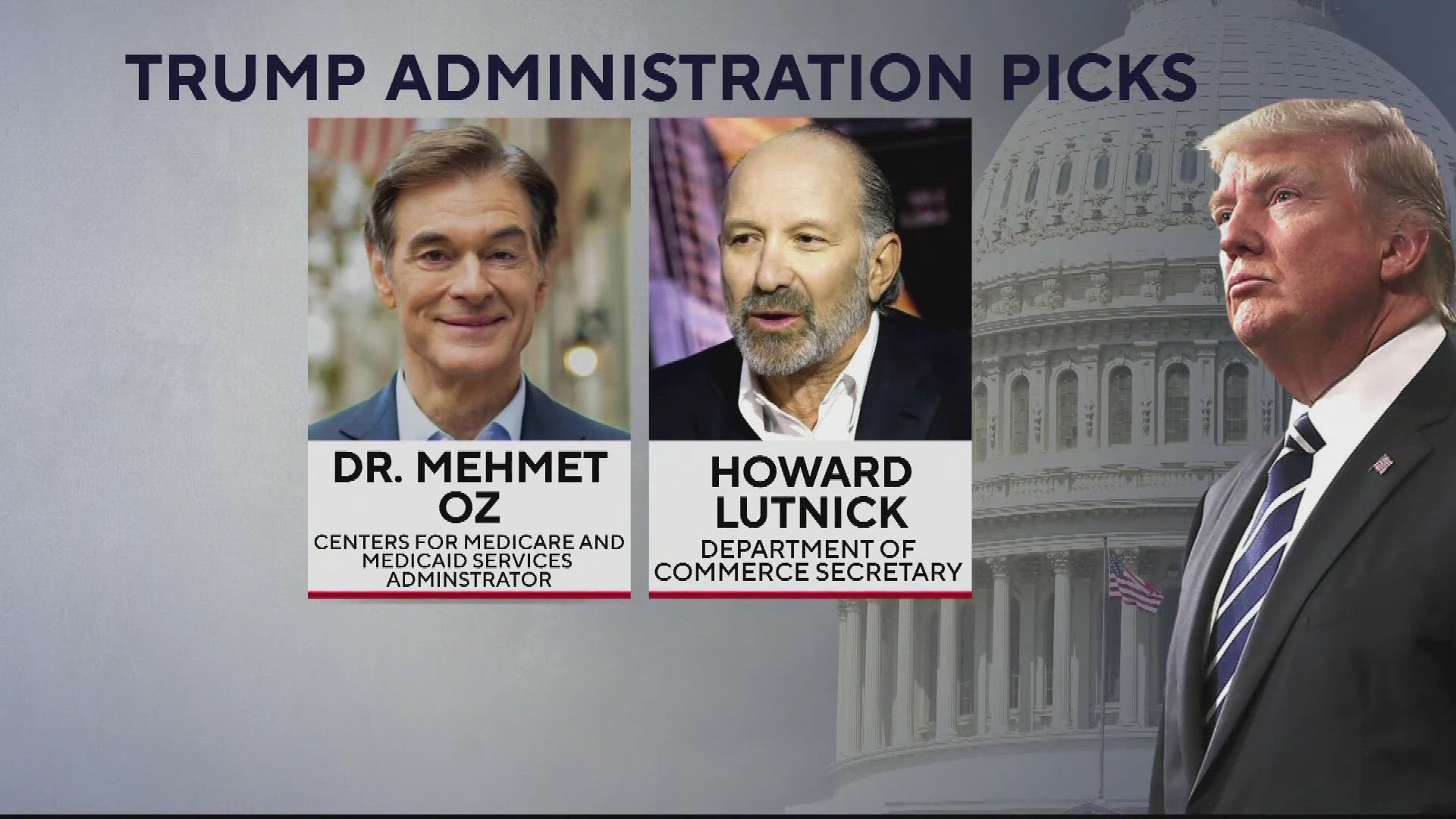The country seems to finally be on the cusp of beating the coronavirus pandemic, and the economy stands to benefit in the second half of 2021.
With President Joe Biden's signature on the $1.9 trillion American Rescue Plan Act, most Americans will begin to receive $1,400 stimulus checks in the near future, and cash will be sent to businesses that need it to hopefully get the economy back on track, which is exactly what one expert predicts.
Neil Buchanan is a professor of law at the University of Florida and has a Ph.D. in economics from Harvard University. He clerked on the United States Court of Appeals for the 10th Circuit and regularly writes commentary on legal issues and the economy.
He believes this plan is uniquely special because unlike the previous two major COVID-19 relief packages before it, the A.R.P. gives money directly to those who need it most.
"It not only meets the moment, and it gives the people money who will actually use it, but it sets the trend going forward that even coming out of COVID people are now able to actually look for the best job rather than the first low-wage job they can find," Buchanan said. "There are all kinds of ways that helping people at the bottom helps everyone else. This isn’t just a matter of getting people limping through the summer when most things are open up…there are all kinds of ways in which having more money than might look as immediately necessary ends up being transformative for the economy going forward."
The American Rescue Plan has all sorts of perks that'll directly impact individuals, including billions for stimulus checks, extended unemployment benefits, rental and mortgage relief, child tax cuts and health insurance subsidies under the Affordable Care Act.
A recent study and analysis by the non-partisan Urban-Brookings Tax Policy Center anticipated this relief package will give the poorest 20 percent of Americans a 20 percent boost in income.
Overall, Washington has spent north of $5 trillion on pandemic-related relief packages since March, but this most recent plan, Buchanan says, is far better at getting the country back on its feet, because a bulk of the bucks will go into the accounts of people who'll spend it.
"I’m glad you brought up the two most recent bills that were passed in (March) and December. Both of those were necessary, and Democrats and Republicans overwhelmingly supported them…but both of them suffered from the upper-weighting problem that we talked about - sort of a corruption premium that you had to put into the earlier bills that basically allowed upper-middle-class and really rich people to profit from the pandemic," Buchanan said. "…the first one was a $2.8 trillion dollar package, and the pop of that was nowhere near as big as it could have been because so much of it was shoveling money to the already wealthy. Although that was a bigger package in terms of total dollars computed…the ARP is somewhat smaller, but better.
"The biggest difference is [the American Rescue Plan] is bottom-loaded in a way that makes it incredibly effective."
In terms of who this bill is helping the most, an analysis from the Urban-Brookings Tax Policy Center said people making $91,000 or less would get nearly 70 percent of the tax benefits from the package.
Buchanan thinks President Biden's administration "right-sized" this American Rescue Plan, following lessons learned during his time in office with former President Barack Obama and the signing of the $840 billion American Recovery and Reinvestment Act in 2009.
"Part of right-sizing it is right-targeting, so what we’re doing now is that almost none of it is going to high-income people, because frankly, they don’t need it," Buchanan said. "If you actually give the money to people who might otherwise be evicted, that’s an improvement...the best estimates indicate that this might perfectly fit the gap that we’re currently facing. Also, because it’s most towards spending for people that’ll be spending it themselves, it’ll be the highest way to provide benefits.”
Right now, the unemployment rate in the U.S. is 6.2 percent, according to the latest release from the U.S. Bureau of Labor Statistics. Buchanan anticipates that as vaccinations ramp up, states reopen, and travel and spending resumes, we'll see an unlocking of the U.S. economy in a very positive way.
“The good thing about it is it’s not a dangerous pop," Buchanan said. "...the economy wants to be producing goods and services, but it couldn’t, because we needed to put the economy to sleep while we tried to work through the pandemic. When it comes back, you’re going to get the pop, with people like me saying I’ve got my vaccine and spending, going to a hotel or a restaurant, but, that doesn’t mean that the economy is going to overheat, because there’s going to be all these restaurants, hotels, airlines and employees of businesses saying we’ve just been waiting for you…they’re just excited to have business back.
"We normally think all that extra growth means too much demand and not enough supply, but this is going to be both. You’re going to get both demand and supply jumping together at the same time because everybody is so happy that the economy is waking up.”



